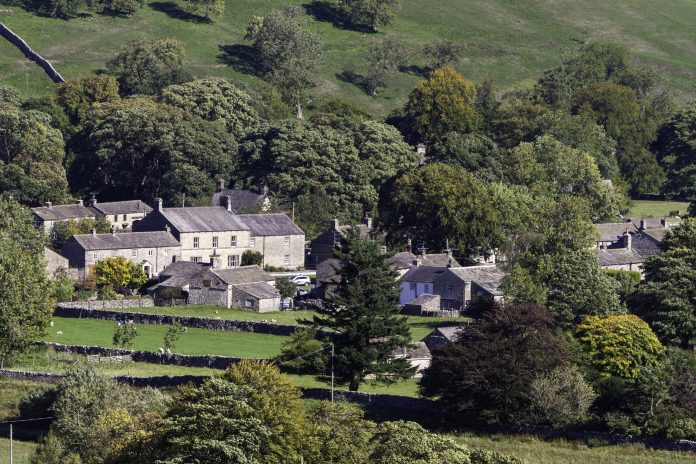Giles Perkins, Head of Future Mobility at WSP, outlines and introduces a new report that highlights the opportunities to make rural communities more connected
Conversations on connectivity and mobility have until now generally been the preserve of those living and working in densely populated cities and urban areas.
From these discussions emerged the ‘15-minute city’ concept, whereby everyone has access to key amenities and opportunities within a brief trip from their doorstep. However, 12 million people in the UK live in much more rural areas and these have their own unique and largely (as yet) unaddressed challenges.
WSP and Foot Anstey are starting a conversation about the future of rural mobility and have released a paper outlining our beliefs on what action is required.
As our major cities have generally benefited from easier, safer and cheaper mobility, recent decades have seen rural areas left behind. Over the last few decades, the vast majority of those living in rural parts of the UK have experienced a reduction in essential services, including public transport provision, leaving them dependent on cars and other forms of expensive private mobility – or none at all.
Without access to motored vehicles, some people within our rural communities are often left unable to access healthcare, education, employment, leisure activities or social interaction opportunities easily. Simply cutting and pasting the solutions developed in urban areas won’t work. We must recognise that rural communities have different needs and want to be connected to surrounding places in different ways.
Extrapolating the idea behind the 15-minute city would give us a lens to view a wider landscape, and so introduce the ‘30-minute rural community’. This approach will allow us to consider the key challenges and opportunities that are more exclusive to rural communities and begins to present us with some approaches to answering key questions.
As the UK works towards becoming net-zero by 2050 and levelling up economic prosperity across its regions, and the areas within those regions, it is crucial that we consider tackling these lesser perceived difficulties.
This could begin with answering questions on both physical and digital infrastructure – such as broadband connection and traditional internal combustion engine vehicles – but would quickly develop into wider social and economic challenges, including large rural wealth variations and the outmigration of young people seeking opportunities.
These are a few examples of the specific objectives that need to be considered in future policy. This is a huge challenge and is compounded by the fundamental fact that all communities are different, have different needs, different existing infrastructure and services. Taking a place-led, human-centric and importantly evidenced based approach is an imperative to achieving the step-change needed.
To make this work, there may be legislative barriers to overcome, traditional ways of working to deconstruct, new relationships to foster and inevitably enabling the creativity required to think differently and develop the business and commercial models that viable for the long-term.
The solution to this major issue will inevitably lie in looking across sectors, in undertaking joined-up planning to find answers that improve access to the things that we all do and are dependent upon.
Government is already engaged on this issue, with the publications of the Future of Mobility: Urban Strategy in 2019 and the recent consultation on Future of Transport: Rural Strategy which closed in February, but decisive action is required soon to ensure millions of people across the country are not left behind or disadvantaged, simply because they live in a rural area.











